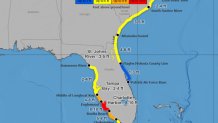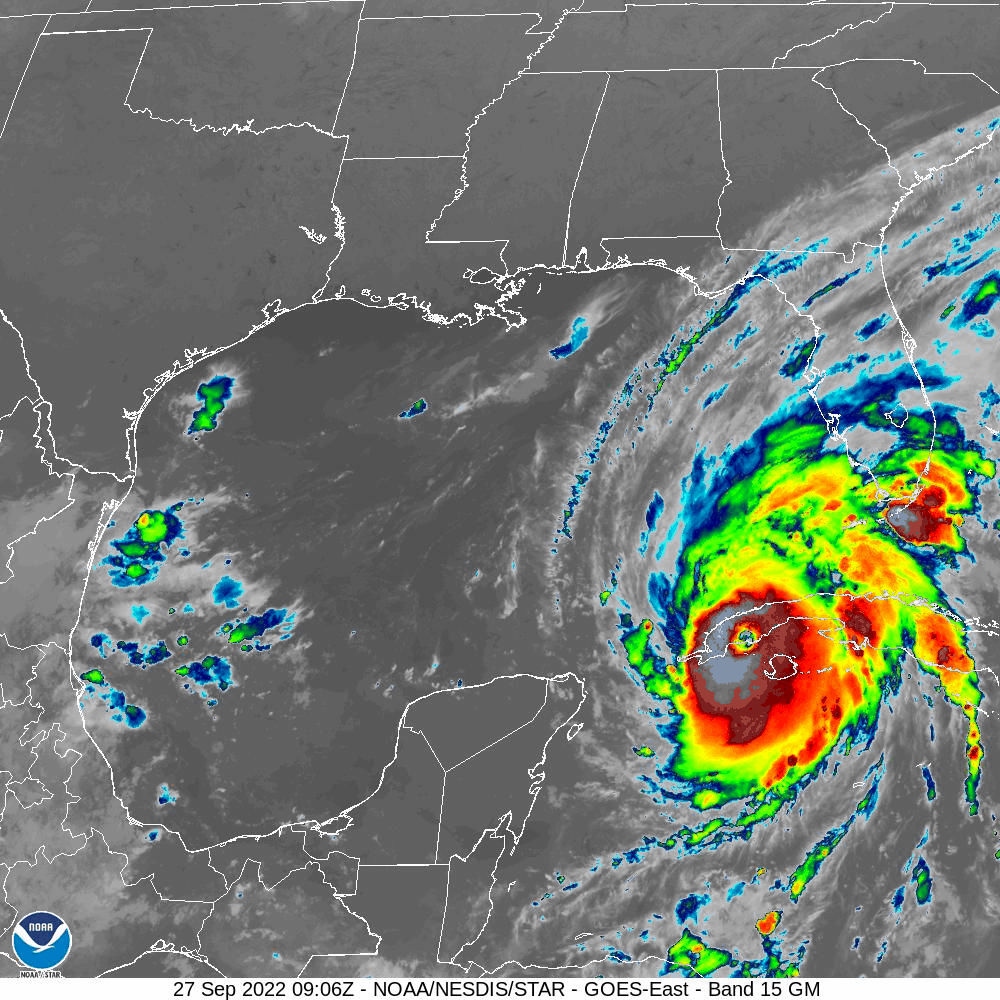Any New Yorker or New Jerseyean remembers all too well the deadly storm surge triggered by Hurricane Sandy in 2012.
The storm came ashore in late October of that year with hurricane-force winds around 90 mph, but it was the water that proved most dangerous. A 14-foot surge in New York Harbor topped the seawall in lower Manhattan and flooded critical infrastructure - and an even higher surge devastated parts of Staten Island. Dozens drowned in the city.
Sandy ultimately was blamed for nearly 150 deaths, mostly related to water.
While many focus on the wind and the rain in a hurricane, in a lot of ways the storm surge is the bigger risk.
Get Tri-state area news and weather forecasts to your inbox. Sign up for NBC New York newsletters.
What Is Storm Surge?
Storm surge is different from regular tides. In fact, the National Hurricane Center's basic definition of storm surge is "an abnormal rise of water generated by a storm, over and above the predicted astronomical tides."
Simply put - the winds of a tropical storm, spinning in a cyclone, push water toward the shore. Because the land underwater rises in a slope toward the coast, as the storm pushes more water, it rises higher as it meets land.
"A shallow slope will potentially produce a greater storm surge than a steep shelf," the NHC says - and the shelf in the Tampa Bay area is particularly shallow, increasing the risk from Hurricane Ian.
Imagine a surge of water coming up the coast that's 18 feet high, as the NHC has forecast is possible. Now imagine single-story houses in the path of that surge.
The water would rise to the tops of those roofs, or even over.
It's not just low-lying houses either, it's infrastructure too. According to the NHC, more than a quarter of all roads in the Gulf Coast region are at or below 4 feet of elevation.
Even a 5-foot surge could put those roads underwater, making evacuations - and recovery operations - that much more difficult.





